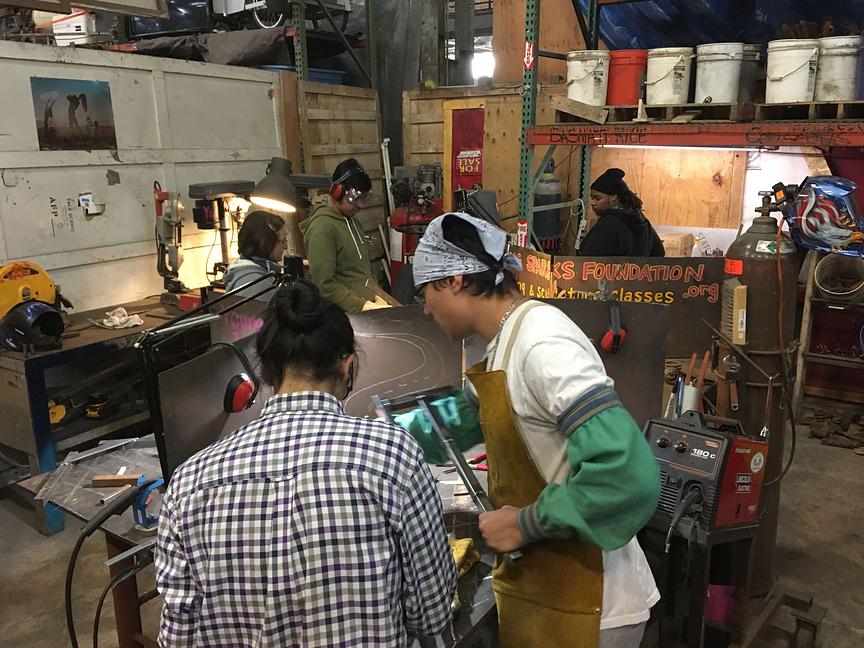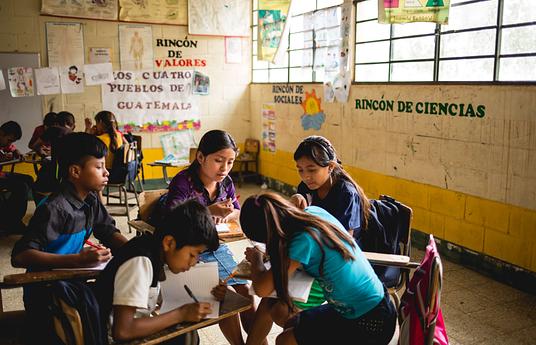One of the biggest criticisms of mass education systemsis that they are too standardized, or 'one size fits all.' As we all have different learning styles, interests and talents it would make sense for education tobe personalized to complement our unique abilities.
Not only would this increase motivation for students, but could help children who do not currently fit with the current learning style employed in education, potentially helping individuals who struggle with learning difficulties,such as dyslexia.
That's all well and good, but the reality ofmaking learning personalized in a class of 30+ students seems difficult and extremely daunting, especially when teachers are tasked with preparing students forstandardized tests and set learning outcomes.
So, while the positives of personalizededucation arerecognized, implementation can seem impossible.
Big Picture Learning makes personalized education more managable by breaking the students up into small groups of fifteen students, called an advisory.
Each advisory is supported and lead by an advisor, a teacher that works closely with the group of students and forms personalized relationships with each member of their group.
They stay in the same advisory for four years, and each student works closely with his or her advisor to personalize their learning byidentifying interests, figuring out how they learn bestand what motivates them.Parents and families are also actively involved in theprocess, helping to shape the student’s continuation of learning.
Internships are a crucial part of the method.The advisors work with each student to arrange opportunities best suited to them, providing real-world learning alongside creating future career plans.
The result is a student-centered learning experience, where students are actively invested in their learning and feel challenged to pursue their interests by a supportive community of educators, professionals, and family members who truly get to know them as individuals.


